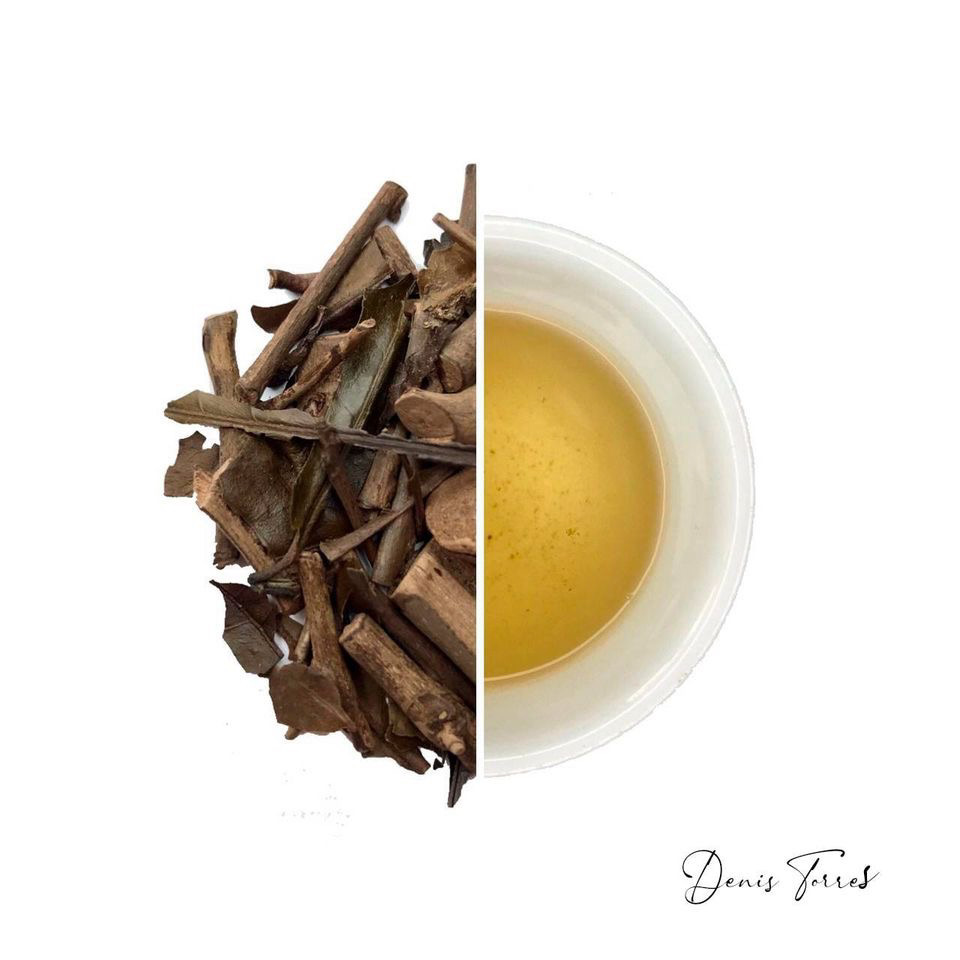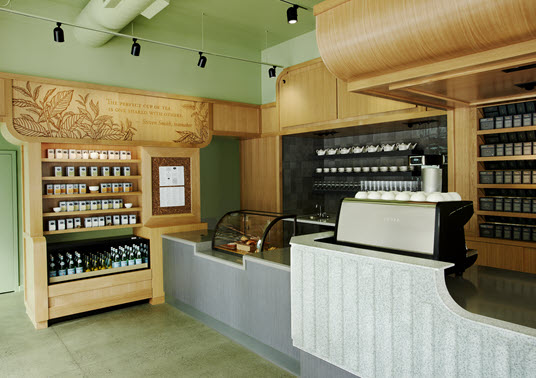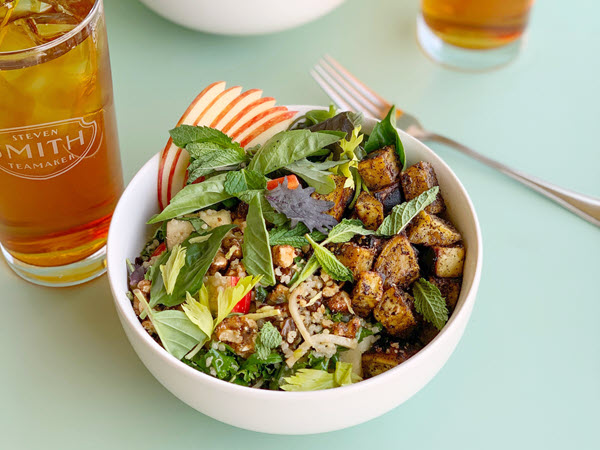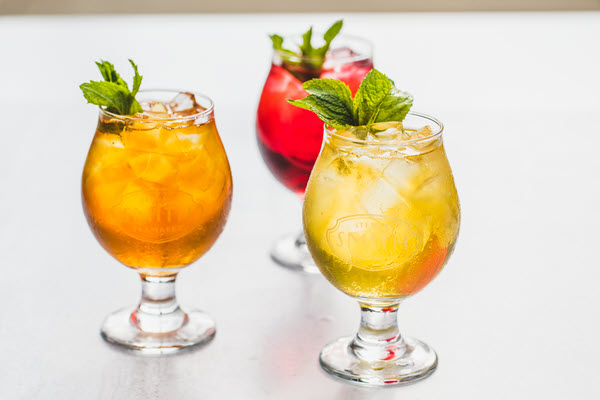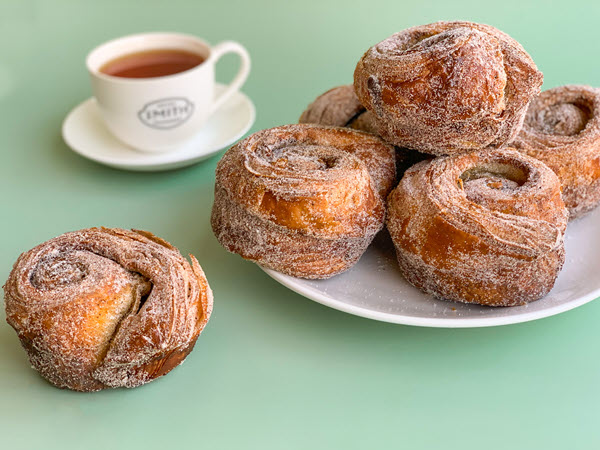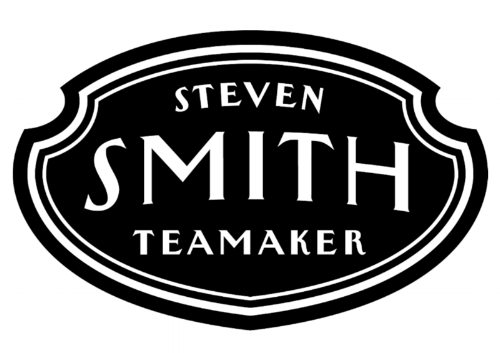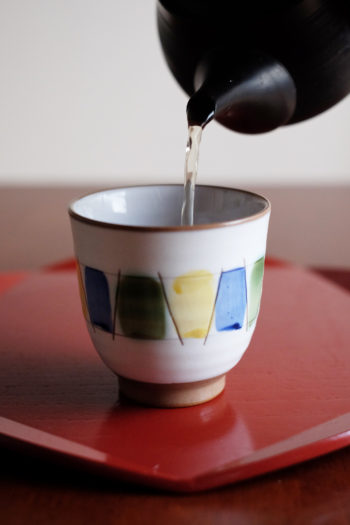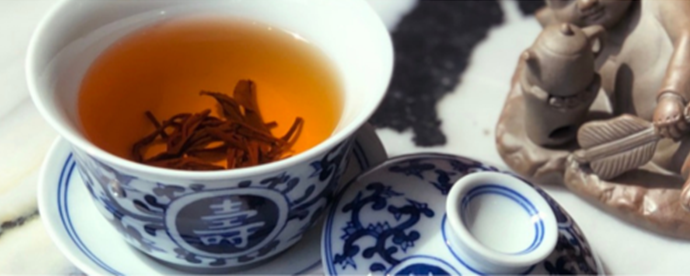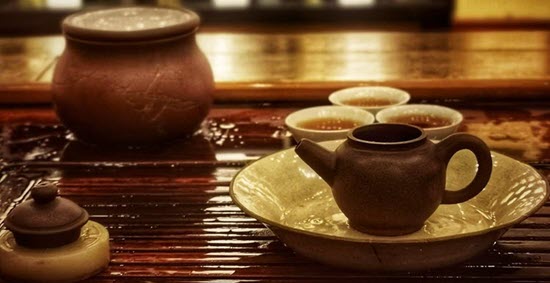The rugged Canadian Rocky Mountains thrust nearly 20,000 feet into the sky, a haven for hikers that inspired a unique style of high-mountain tea houses built to provide warmth and shelter along the trail. In Banff, Alberta, Tea Biz correspondent Jessica Natale Woollard visits Jolene’s Tea House – a refuge for mind and body.
Listen to the interview

Photo by Gareth Paget, courtesy Jolene’s Tea House
Customers Enjoy an Educational, Interactive Experience
Jolene Brewster’s new tea venture is the culmination of years of passion and business experience, along with a healthy dose of contemplation, courtesy of time spent in the Canadian Rocky Mountains. About 15 years ago, the entrepreneur from Banff, Alberta ran a tea café. Then she moved into selling tea exclusively online and at farmer’s markets. Now she’s back with a new business partner, a refined business concept, and a new name — Jolene’s Tea House.
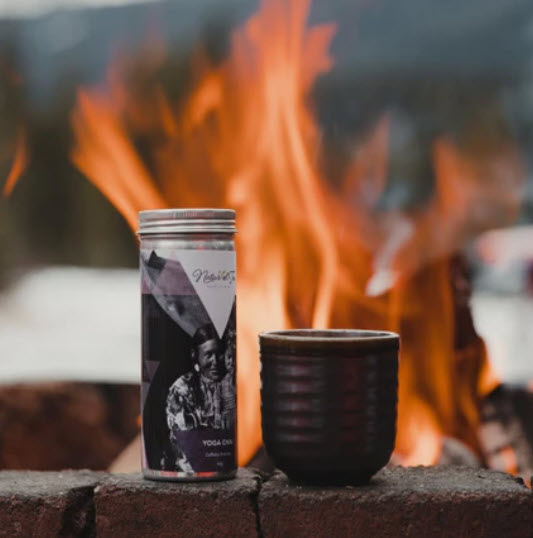
Jessica Natale Woollard: Jolene, our listeners from around the world may not be familiar with the tradition of taking tea in the Canadian Rocky Mountains. Tell us a bit about the history of tea in the Banff region?
Jolene Brewster: We live in a place where tea houses are unique to Canadian culture. They are a part of history here in Banff. The tea houses that we have were built by Swiss guides to be a refuge for hikers and explorers travelling and enjoying this countryside.
And with the spirit of that, with the spirit of people having tea, drinking outside, having tea on the trail, over the fire, climbing a peak, and having a rest along the way. We’re still doing the same thing today. We are still a place that people come to enjoy this incredible atmosphere, the mountains, to find what their looking for, to explore, to have their, honestly, to have their minds explode with the beauty around them. And tea is the beverage of choice. That’s what you take in your thermos out in the mountains. And I really believe that whether you’re at home in front of your computer, working all day, we need those moments of pause, of presence, of introspection, of enjoyment, and a good cup of tea can give you all of that.

Jessica: Your original tea retail store closed in around 2010. Eleven years later, what lessons learned have you carried into your new business venture?
Jolene: One hundred percent, the model of our retail business going forward is so similar to what I’ve done at markets, at farmer’s markets, and I’ve done hundreds and hundreds of local markets around Alberta, British Colombia, and across Canada. I’ve been to huge gift shows like the One-of-a-Kind show in Toronto, which is magnificent. And a lot of work!
It was successful, and the interaction we had with people, it worked. I love that people can come into our shop; they can sample different teas, they can smell. It’s an educational process. The one thing that surprises people, especially because we’re promoting the culture of tea houses, and we’re making that as much an interactive experience as possible within our own beautiful heritage cabin here in Banff, we don’t serve tea. We don’t do food and beverage. I learned doing the markets that if I want to be able to talk to people and make it more educationally focused, we’re not able to constantly be pouring cups of tea and have that business and distraction. We’re not creating a to-go environment.
Jessica: How is the business of tea different today than it was your first time around?
Jolene: I think there’s been some amazing companies, like DAVIDsTEA, who’ve really made tea fun for people. They’ve brought people who normally wouldn’t be interested in tea, they’ve brought teenagers in, they’ve made it a modern exciting environment, and I think that has opened the door for us to go to the next level, to delve even deeper into the organic, the quality, the minute differences.
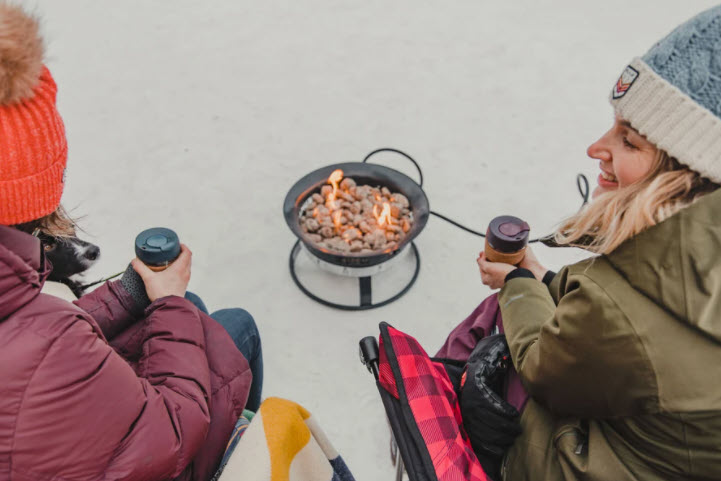
Jessica: Paint a picture of the ideal Jolene’s tea drinking ritual.
Jolene: Outside. if you can take a moment in your backyard, on your balcony, after your morning run. Something with activity outside. I’m an avid horse rider and trail riding in the mountains is one of my passions, and to be able to take a small saddle bag and pull out my thermos and have a drink of tea after my ride is incredible. My partner Jess would most likely run up a mountain and have a cup of yoga chai up at the top.
To discover how the Canadian Rocky Mountains are infused in Jolene’s business, visit:
Jolene’s Tea House
211A Bear Street
Banff, Alberta
CANADA
403-985-5500

Share this post with your colleagues.
Signup and receive Tea Biz weekly in your inbox.
https://feeds.sounder.fm/10363/rss.xml



